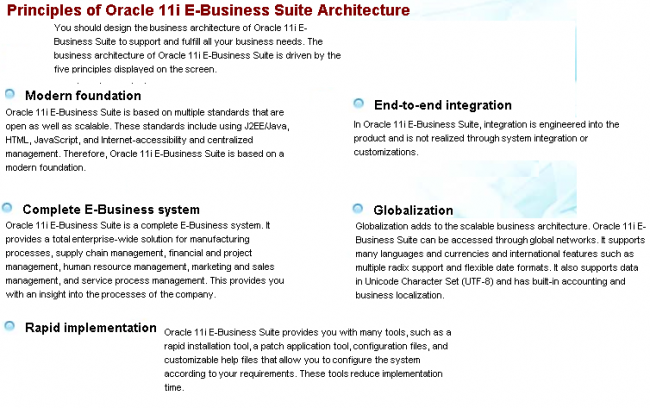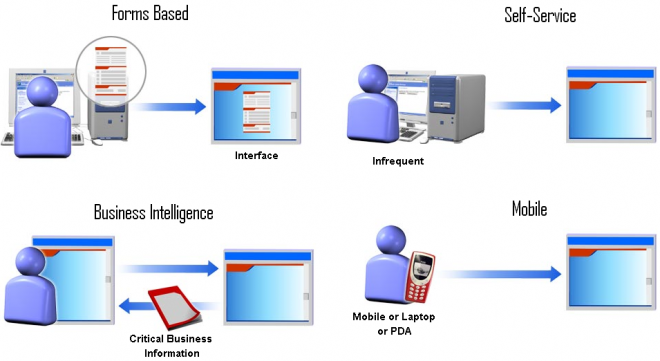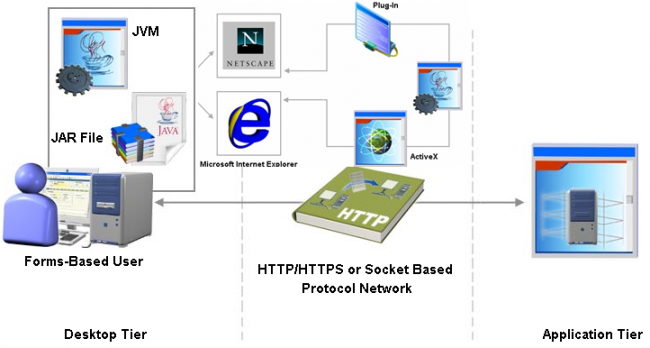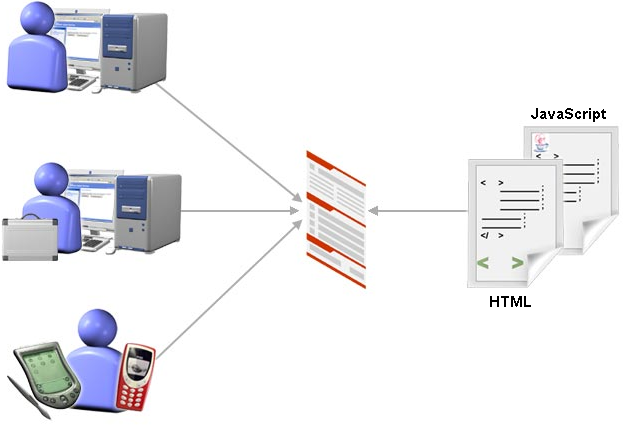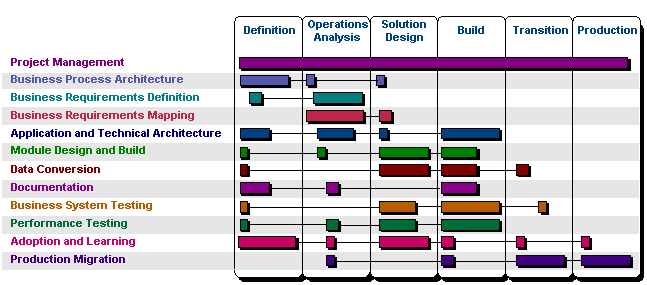Implementation in production
When you use an E-business suite, you need to engineer it to suit your business requirements. In this topic, you learn about the principles that form the basis of the business architecture of oracle 11i/R12 E-Business Suite.
This chapter describes how to implement a fresh version of oracle application R12/11i in your organization. We‘ll do the implementation of below requirements.
1. The organization makes electronic gadgets – Mobile, Television, Refrigerator
2. The organization is present in 3 regions – US, UK and India
Let’s consider that we have installed a production instance of R12 in the server.
What next?
Applications File System
An Oracle Applications Release 12 system utilizes components from many Oracle products. These product files are stored below a number of key top-level directories on the database and application server machines.
Note: No Applications files are installed on desktop client machines, although JAR files and their supporting utilities are downloaded as required.
Depending on how you chose to install Applications, these product directories may be located on a single machine (the simplest case) or on multiple machines (the most common type of deployment). Operating system environment settings indicate the location of the various files in the file systems of the database and application server machines. This chapter discusses the association between these environment settings and the corresponding files and directories.
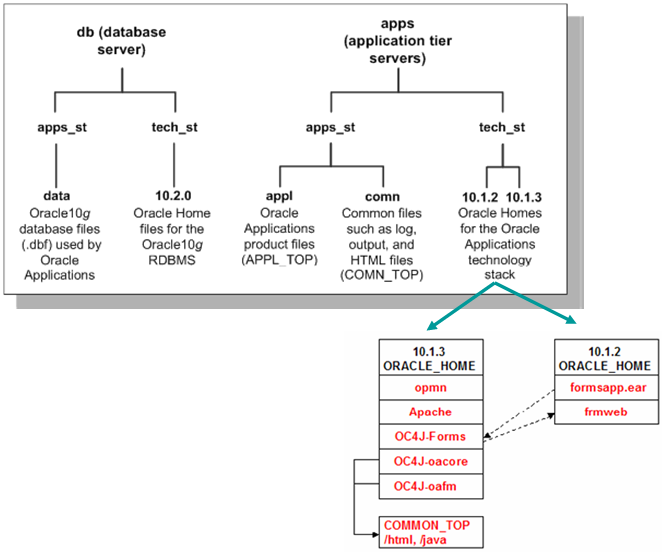
- The db/apps_st/data (DATA_TOP) directory is located on the database node machine, and contains the system tablespaces, redo log files, data tablespaces, index tablespaces, and database files
- The db/tech_st/10.2.0 directory is located on the database node machine, and contains the ORACLE_HOME for the Oracle10g database
- The apps/apps_st/appl (APPL_TOP) directory contains the product directories and files for Oracle Applications
- The apps/apps_st/comn or (COMMON_TOP or COMN_TOP) directory contains directories and files used across products
- The apps/tech_st/10.1.2 directory contains the ORACLE_HOME used for the Applications technology stack tools components
- The apps/tech_st/10.1.3 directory contains the ORACLE_HOME used for the Applications technology stack Java components
Shared Entities
Shared entities can be referenced by multiple products. These entities allow you to define broad-level structures that help you to include members when implementing the E-business suite. Which business unit will own specific data in a shared entity is at the discretion of the compnay. Employee data is always owned by human resources, provided the E-business suite is installed.
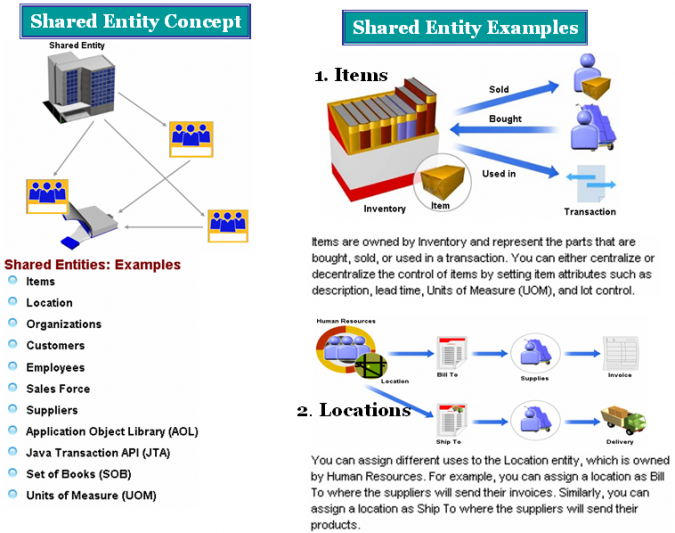
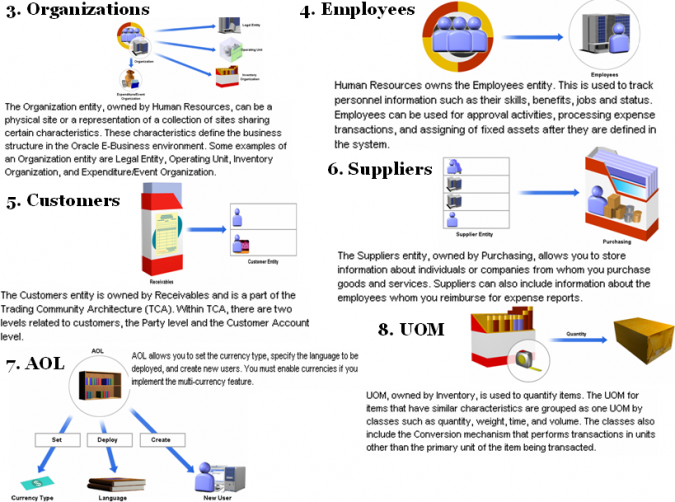
Oracle’s Application Implementation Methodology (AIM)
A methodology is a set of guidelines or principles that can be tailored and applied to a specific situation. In a project environment, these guidelines might be a list of things to do. A methodology could also be a specific approach, templates, forms, and even checklists used over the project life cycle. Therefore that was the driving factor for bringing AIM’s as methodology which was initially used by Oracle consulting , which is now most acceptable methodology for oracle application roll out.
So then what oracle application methodology in short AIM’s based out of
- Multi-track methodology
- Technology Modernization
- Business Process Reengineering
- Oracle Application/System Development
- Organizational Change
- Project Management
When it was first launched
The first version of AIM was initially released for use by Oracle Consulting staff in October 1994. Tasks, steps and deliverables for project life cycle Templates for many deliverables
AIM 2.0, a refined version of the method, was released in July 1997.
Oracle introduced AIM Advantage 3.0 in September 1999.
What is current version in market?
Oracle has launched AIM’s 3.1 version, which is also called as AIM’s Advantage, which is now a consider as web-deployed tool kit for planning, executing and controlling Oracle Applications implementation projects.
What is new in AIM’s?
In newer version couple of new enhancement has been made, they are Support for business process change using the new Business Process Architecture process Integration with Oracle products like Oracle Business Models and Oracle Tutor
Is any cost for holding AIM’s tool?
Yes, as reported on Oracle site it cost you USD $2195 for per Named User(.. this may be changed..check with Oracle site)
What other methods and tools are integrated with AIM 3.1?
AIM 3.1 is closely integrated with Oracle’s Project Management Method (PJM). AIM and PJM tasks are both reflected in the AIM Work Breakdown Structure (WBS).- Oracle Business Models (OBM)
- Solution Value Assessment (SVA)
- Oracle Support Assessment (OSA)
- Learning Needs Assessment (LNA)
- Enterprise Data Management System (EDMS)
- Oracle Tutor
How I get the AIM’s software?
AIM’s download is only limited to OPN (Oracle Partner Network)
What is software requirement for AIM’s 3.1
1. Windows 2000, XP, NT
2. Adobe Acrobat Reader 6.0 or later
3. Microsoft Office 2000 or later
4. Microsoft IE 6.0 or later, or Netscape 7.0 or later
What is covered in AIM’s
1. Technology Modernization
This can be understood as the IT track contains tasks and steps relating to the creation and maintenance of procedures governing the hardware, systems software, toolsets, and databases.
2. Oracle Application/System Development
The Oracle Application/System Development track contains the tasks and steps relating to the development of custom or tool code to support interfaces, conversions, extensions, reports, and integration testing exercises. This track overlaps the process reengineering track with the iterative design and setup of the application modules.
3. Business Process Reengineering
The BPR track contains tasks and steps relating to process reengineering and application configuration. Prototyping is used to facilitate the design of “To Be” processes.
4. Organizational Change
The Organizational Change track contains the tasks and steps relating to culture and change readiness assessment, organizational and job analysis, facilities analysis and preparation, user procedures and performance based training.
5. Project Management
This track contains the tasks and steps relating to the development and management of work products on an Oracle Applications engagement. Its focus is to ensure that projects are estimated correctly, managed successfully, and properly integrated
